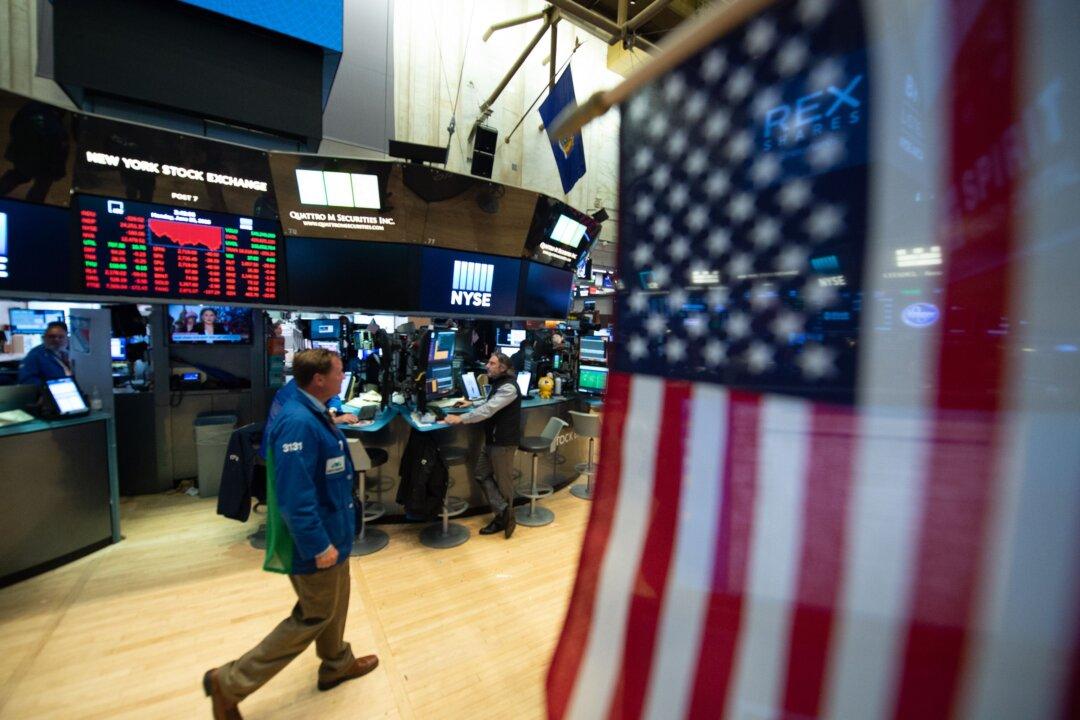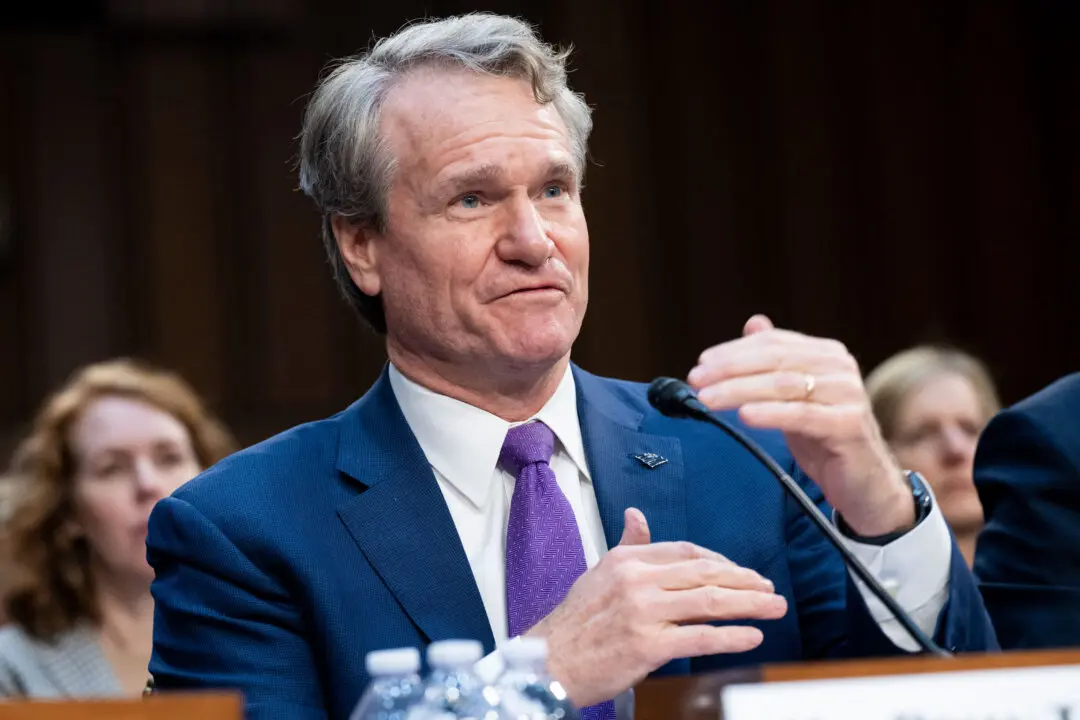In an upbeat final note, last week’s World Economic Forum concluded with top economic policymakers and business leaders making optimistic forecasts for global economic growth in 2020.
“We are in a better place in January 2020 than we were in October 2019,” said Kristalina Georgieva, head of the International Monetary Fund (IMF), in Davos, Switzerland, on Jan. 24. “We are projecting growth this year at 3.3 percent, next year 3.4 percent. This is clearly an improvement vis-a-vis the record low of last year of 2.9 percent,” Georgieva added.





